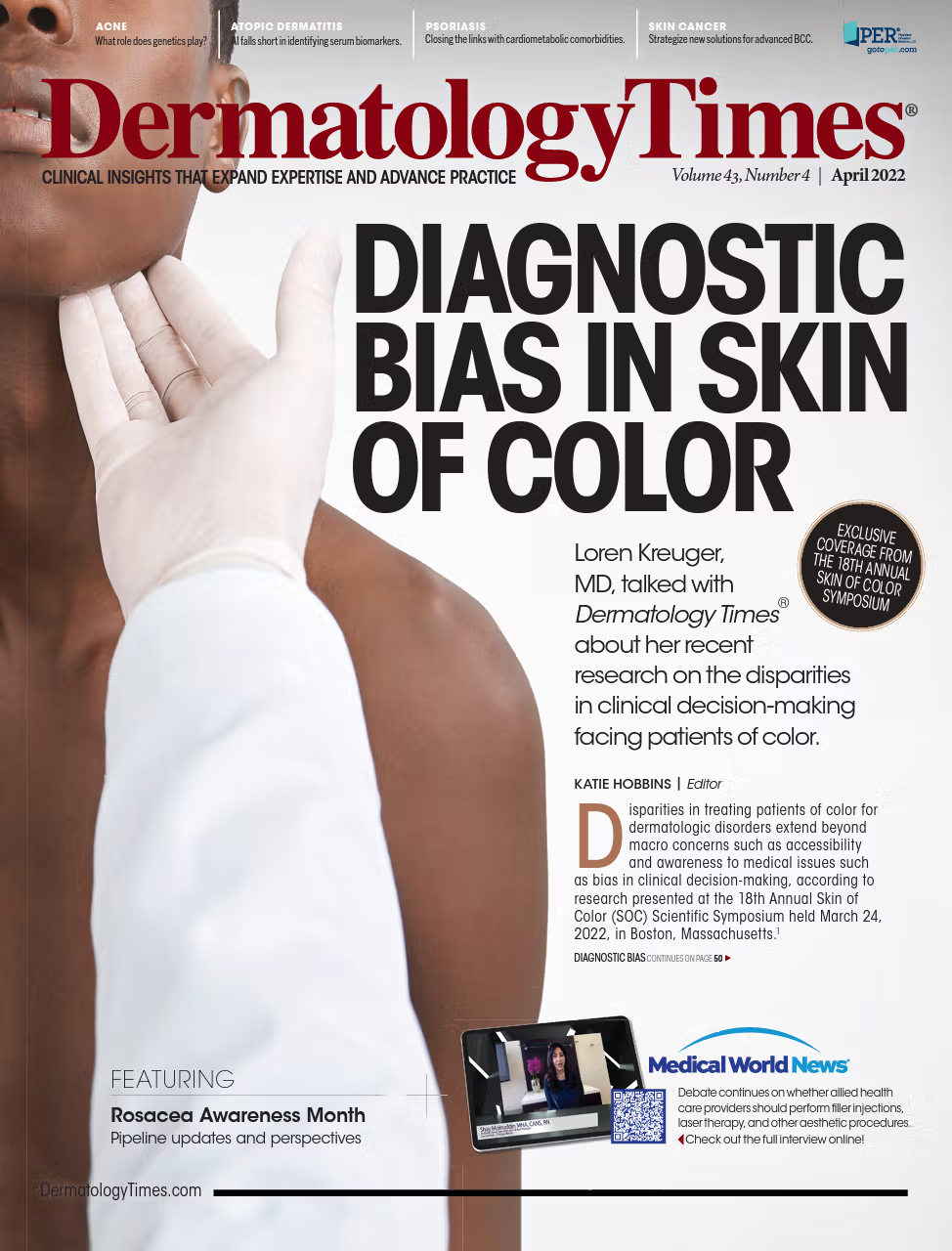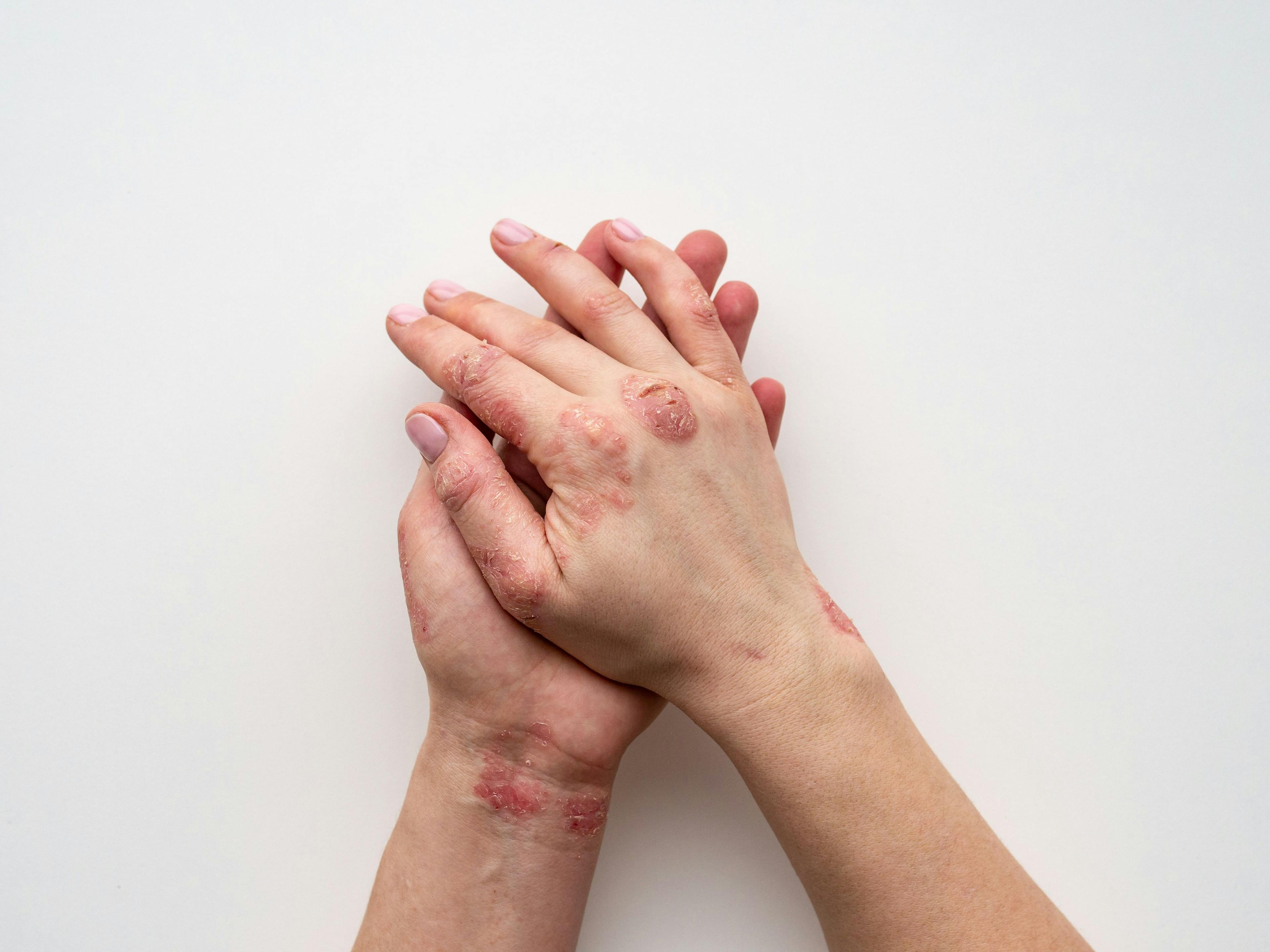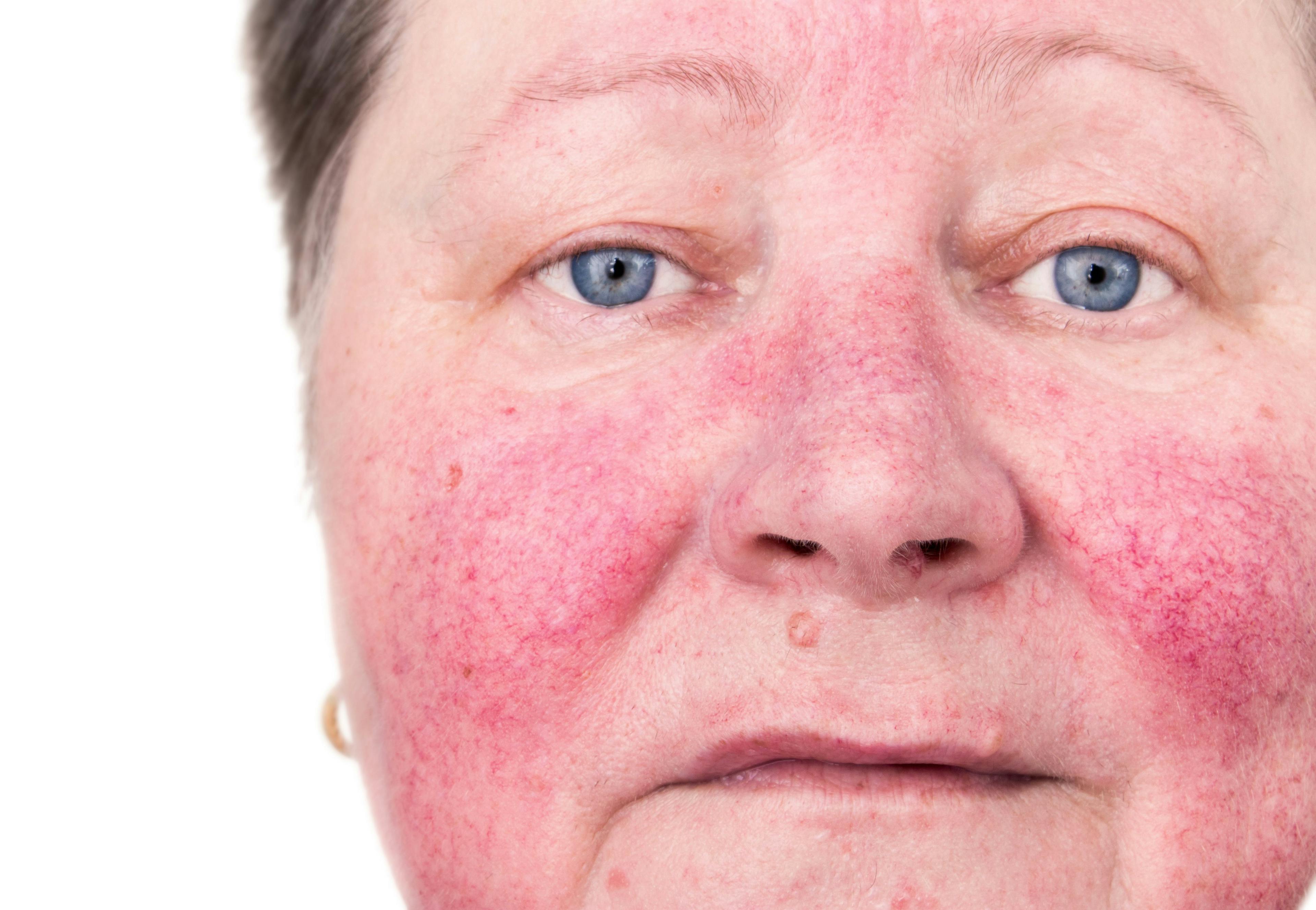- Acne
- Actinic Keratosis
- Aesthetics
- Alopecia
- Atopic Dermatitis
- Buy-and-Bill
- COVID-19
- Case-Based Roundtable
- Chronic Hand Eczema
- Chronic Spontaneous Urticaria
- Drug Watch
- Eczema
- General Dermatology
- Hidradenitis Suppurativa
- Melasma
- NP and PA
- Pediatric Dermatology
- Pigmentary Disorders
- Practice Management
- Precision Medicine and Biologics
- Prurigo Nodularis
- Psoriasis
- Psoriatic Arthritis
- Rare Disease
- Rosacea
- Skin Cancer
- Vitiligo
- Wound Care
Publication
Article
Dermatology Times
Re-Discovering the Genetics of Acne
Author(s):
Specific genetic variations could be key in identifying acne risk far before the signs arise.
The etiology of acne is complex and multifactorial with genetics playing a large role in determining risk, particularly for those individuals with severe acne. The results of a recent study have further elucidated the genetics of acne and advanced the knowledge of the genetic basis of acne risk by identifying versions of the genes that are common among individuals who suffer from this very common inflammatory skin disorder.
It is estimated that more than 85% of teenagers are affected by acne to some degree, and up to 8% have been reported with severe disease, making acne the most prevalent skin disease worldwide. Depending on the severity of the disease, acne can significantly impact self-image and the quality of life (QOL). Major complications of acne include scarring as well as the, at times, significant psychosocial distress that can persist long after active lesions have disappeared.
“Approximately 80% of a person’s risk of suffering from severe acne can be explained by differences in their genetic makeup,” said Miguel E. Rentería, PhD, senior research fellow, Department of Genetics and Computational Biology, QIMR Berghofer Medical Research Institute, Brisbane, Queensland, Australia, and co-author of the study. “It is not a single gene but rather variations across hundreds of genes in the genome that determine whether someone is likely to get acne or not, and the extent or severity of the condition.”
Rentería and fellow colleagues recently performed a large meta-analysis of genome-wide association studies (GWAS) of acne undertaken in 9 independent cohorts compromising a total of 615,396 study participants. Of the participants, 20,165 were acne cases and 595,231 were controls, making it the largest study of its kind, with the aim of identifying specific genetic variants that are more common among people with moderate or severe acne relative to those who have mild or no acne. Fine-mapping and genome-wide analytical approaches were combined to gain insights into the underlying genes and pathways through which the associated loci contribute to disease susceptibility.
Researchers could identify 29 new genetic variants that are more common in individuals with acne, as well as confirm 14 of the 17 variants already known to be associated with the condition, raising the total number of known acne risk loci to 46. Results also exposed relationships between acne and other complex/common traits, including behavioral, hormonal, inflammatory, and psychiatric traits, as well as shared molecular basis between acne and Mendelian hair and skin disorders, including pustular psoriasis.
Fifteen of these loci have been reported to have an effect in European populations while the remaining 2 have been reported to have an effect in a Han Chinese population. This highlights the potential differences in the genetic architecture of acne between different ethnic populations, warranting further investigation in studies of diverse ancestry. According to Rentería, however, one of the main limitations is the lack of availability of cohorts or biobanks focused on diverse ancestries.
“Our study results highlight possible molecular pathways that are implicated in acne, opening new avenues for fundamental research and development of therapeutic targets,” Rentería said. “Looking forward, we could apply this knowledge to do genetic tests of acne risk and identify those individuals who are likely to present with acne.”
Novel research studies will need to be designed and performed to better understand the role of the newly identified acne genes and the mechanisms of action of these new variants need to be characterized and their potential as therapeutic targets to treat acne need to be assessed, he said.
According to Rentería, the estimation of individual genetic acne risk scores relative to the general population will be perhaps the most immediate application of the current study findings.
“We demonstrated that it is possible to use a person’s genetic information to estimate their genetic risk of developing acne based purely on which genetic variants they inherited from their parents,” Rentería said. “In the future, we will be able to identify those individuals who are at high-risk of acne many years before they even notice the first signs.”
Finding genes implicated in acne is the first step toward patient stratification and personalized medicine. Although continued research has been inching closer towards personalized medicine on the genetic level, this fulfillment is likely a few years away. A clinician’s treatment and management choices in the future could be informed by the genetic profile of each individual patient, Rentería said, however there is still much work to be done regarding characterizing the genetic basis of different acne types and treatment response across different life stages.
“This research enables a much better understanding of the genetic basis of acne, and investigation of these variants further illustrates the shared biology processes with other skin and hair traits as well as a shared genetic etiology with other common diseases,” Rentería said. “However, identifying the relevant genes is not the end but rather the beginning of a journey of discovery.”
Reference:
Mitchell BL, Saklatvala JR, Dand N, et al.Genome-wide association meta-analysis identifies 29 new acne susceptibility loci. NatCommun. 2022 Feb 7;13(1):702. doi: 10.1038/s41467-022-28252-5.

Newsletter
Like what you’re reading? Subscribe to Dermatology Times for weekly updates on therapies, innovations, and real-world practice tips.


























